
Details shrouded in secrecy as third woman in a month is injured at Rhode Island Planned Parenthood
Bridget Sielicki
·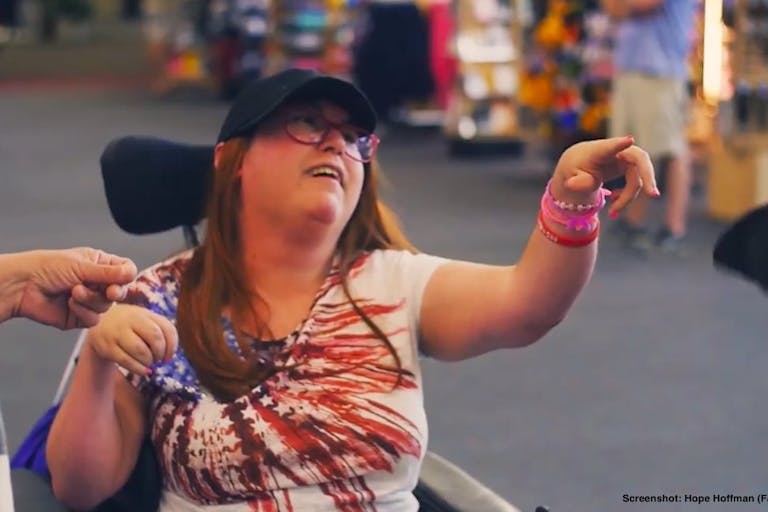
Human Interest·By Nancy Flanders
These inspiring abortion survivors prove that life has value from its very beginning
What’s ironic about abortion is that when it fails, a human being doesn’t die. And abortions do fail. For some abortion survivors, there are lifelong medical complications from the attempt on their lives, further proving that not only were they alive in the womb, but they were clearly not just “tissue.” Carrie Holland-Fischer and Hope Hoffman are two survivors who live with the wounds from abortion every single day — but most importantly, they live.
Growing up, Carrie had a recurring dream of a baby in the womb fighting for its life. She didn’t understand why she would have this dream, just as she didn’t understand why she was born with a facial disfigurement. Then one day, the truth came spilling out of her grandmother’s mouth.
“[… M]y grandmother told me one day that my mother had tried to kill me, and that my birth father didn’t want me,” wrote Carrie in an article for The Abortion Survivors Network. “I just couldn’t help but wonder what she was talking about. Why would my own mother want to kill me? I finally sat down and asked her about all this, and mom started crying, and that’s when she explained to me about my birth father and the abortion.”
Carrie’s mother had two children from a previous marriage when she began dating Carrie’s birth father. After learning she was pregnant, he told her he didn’t want anything to do with the baby and he left. Carrie’s mother was scared and alone. She saw abortion as her only option – not a choice of free will. But the baby survived.
In order to survive something, a person must have been alive in the first place. And because she was alive and growing when an abortion was attempted, Carrie has lived with the scars all of her life.
“Society had labeled me as ugly and unacceptable,” she said of her facial disfigurement. “I was made fun of all during school, and even the teachers made fun of me. I was a nobody and I didn’t matter. I was told I’d never have a normal life, never have a job, date, or get married and have a family. I thought I may as well just give up on any dreams.”
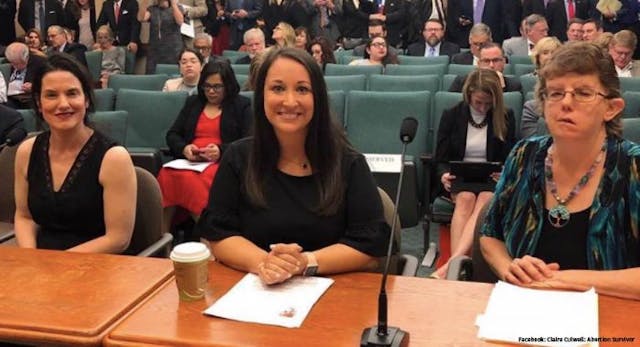
Hurt and angry, Carrie attempted suicide when she was in her thirties, but realized that God had a plan for her life. She is now married and shares her story of survival to help others choose life.
“Abortion causes unspeakable guilt and pain,” she said. “It took my mother years to forgive herself and accept God’s forgiveness. Abortion leaves scars that take years to heal. It took me a long time to get past the hurt, anger, and pain. By God’s mercy and grace, I am free to share my story. My hope is that by doing so, lives can be saved, healed, and restored.”
READ: Two abortion survivors, denied medical care, died in the name of ‘choice’
Article continues below
Dear Reader,
In 2026, Live Action is heading straight where the battle is fiercest: college campuses.
We have a bold initiative to establish 100 Live Action campus chapters within the next year, and your partnership will make it a success!
Your support today will help train and equip young leaders, bring Live Action’s educational content into academic environments, host on-campus events and debates, and empower students to challenge the pro-abortion status quo with truth and compassion.
Invest in pro-life grassroots outreach and cultural formation with your DOUBLED year-end gift!
Hope’s birth mother Tonya was in the middle of a divorce with two children at home when she learned she was pregnant. With no idea what else to do, she went in for an abortion at 10 weeks — an age at which the abortion industry will claim the baby doesn’t even look like a baby. Nothing could be further from the truth.
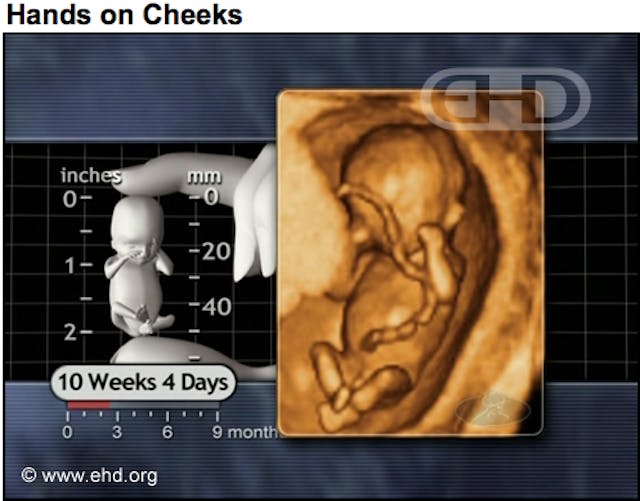
Months later, Tonya felt movement and realized that her preborn child had survived. She returned to the doctor to learn she was five and a half months along, and she decided to place the baby for adoption. After Hope was born eight weeks early and not breathing, doctors realized that she had been injured by the abortion and would have disabilities. A portion of her skull and scalp had been cut away by the abortionist’s killing tool. She had to be resuscitated four times. The family Tonya had chosen backed out of the adoption.
Tonya reached out to Shepherd’s Care, a special needs Christian adoption agency, which found a new adoptive family almost immediately. Hope was placed with her adoptive parents when she left the hospital at three months old. Her birth mother went to the hospital every day during that time, not wanting Hope to feel alone.
Hope has eventually diagnosed with cerebral palsy and uses a wheelchair. Over the years, Tonya and Hope’s family have written letters and sent photos back and forth through the adoption agency. Then, when Hope was about 12 or 13, she asked Tonya if she would like to meet. In a video for Calvary PSL, Hope said that the best part about meeting Tonya was to let her know “how much I love her and support her in so many ways.”
After that meeting, however, Tonya struggled with feelings of guilt and regret over the attempted abortion.
“I know that I chose the adoption after the fact and did something right for her,” she explained through tears in the video. “I still felt so guilty. Looking at her and her telling me she forgave me, that she loved me, but looking at her in that wheelchair….”
According to Terri, she had been able to sense those feelings in the letters Tonya had written over the years and that is why she wanted her to meet Hope… to see how well she’s doing.
“I could tell from letters and stuff that she felt guilty about the abortion and why Hope was the way she was. And we were just so thankful that Hope was, that Hope was alive and that she had chose life when she was given a second chance because otherwise, I wouldn’t be a mother,” explained Terri. “It’s because of her that I’m a mother and God led Hope to us and all of it was part of God’s plan.”
What was meant to destroy Carrie and Hope may have left them with permanent scars, but their lives have value… and they always have, from the moment they were conceived.
“Like” Live Action News on Facebook for more pro-life news and commentary!
Live Action News is pro-life news and commentary from a pro-life perspective.
Contact editor@liveaction.org for questions, corrections, or if you are seeking permission to reprint any Live Action News content.
Guest Articles: To submit a guest article to Live Action News, email editor@liveaction.org with an attached Word document of 800-1000 words. Please also attach any photos relevant to your submission if applicable. If your submission is accepted for publication, you will be notified within three weeks. Guest articles are not compensated (see our Open License Agreement). Thank you for your interest in Live Action News!

Bridget Sielicki
·
Human Interest
Nancy Flanders
·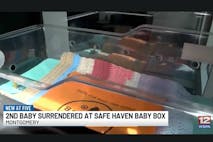
Human Interest
Bridget Sielicki
·
Human Interest
Sheena Rodriguez
·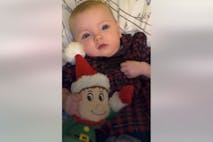
Human Interest
Angeline Tan
·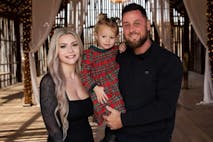
Human Interest
Andrea Trudden
·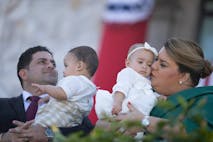
Politics
Nancy Flanders
·
Human Interest
Nancy Flanders
·
Issues
Nancy Flanders
·
Human Interest
Nancy Flanders
·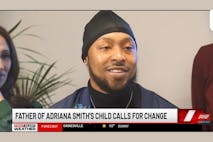
Politics
Nancy Flanders
·